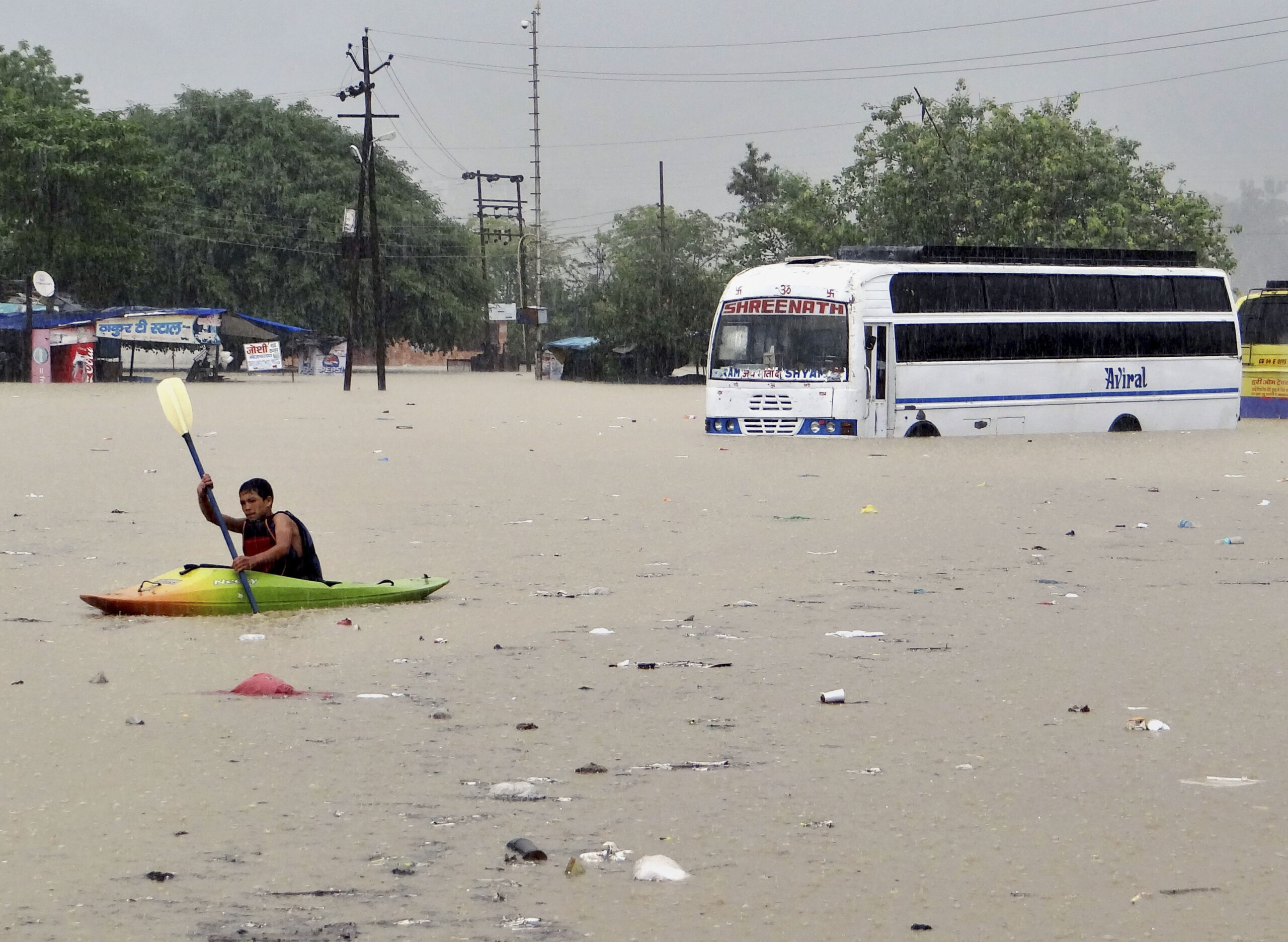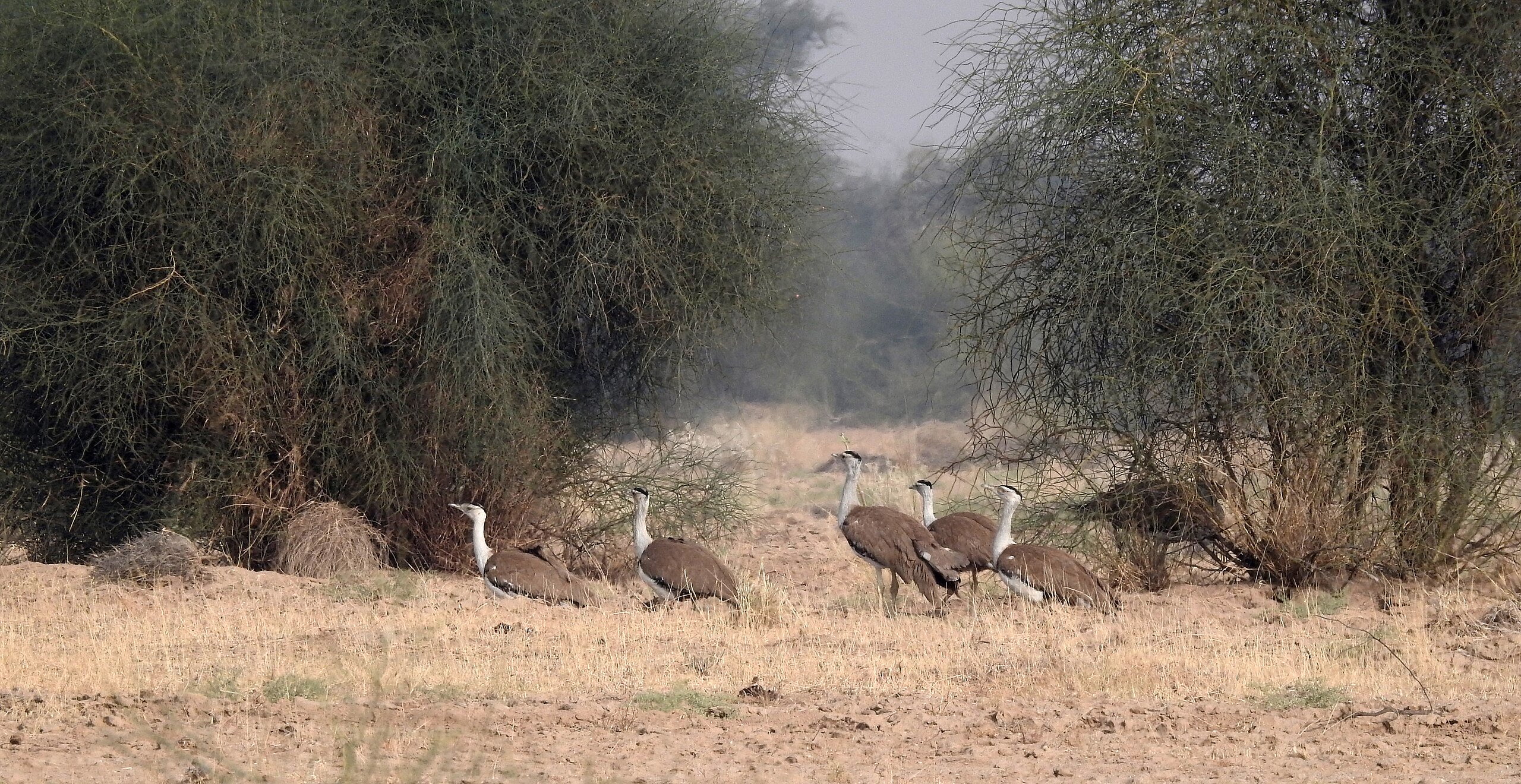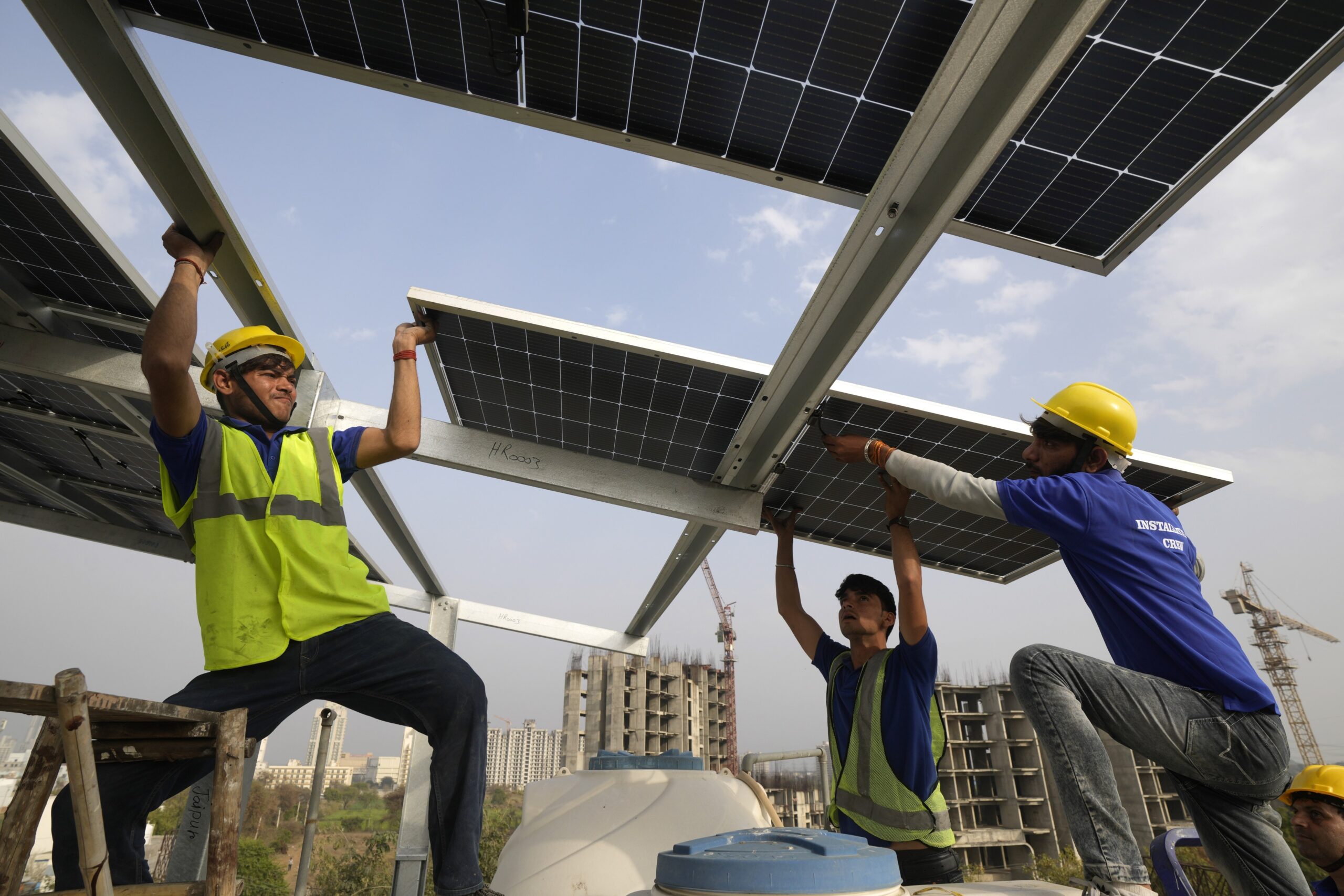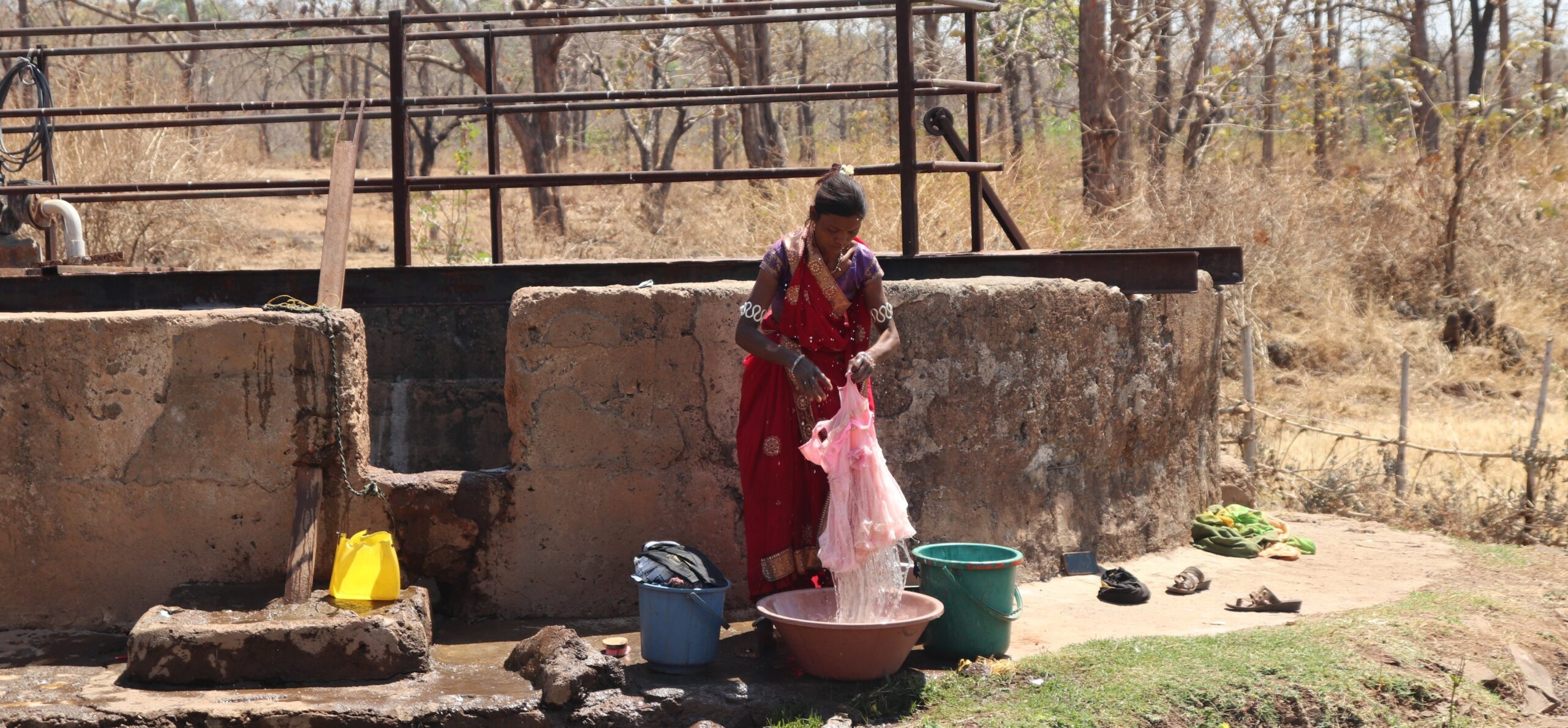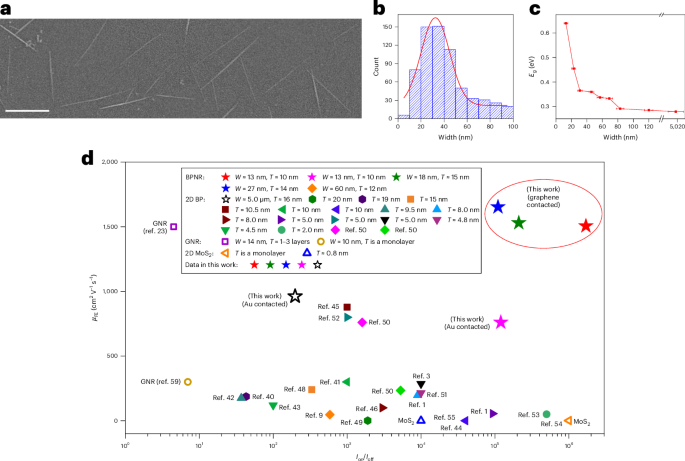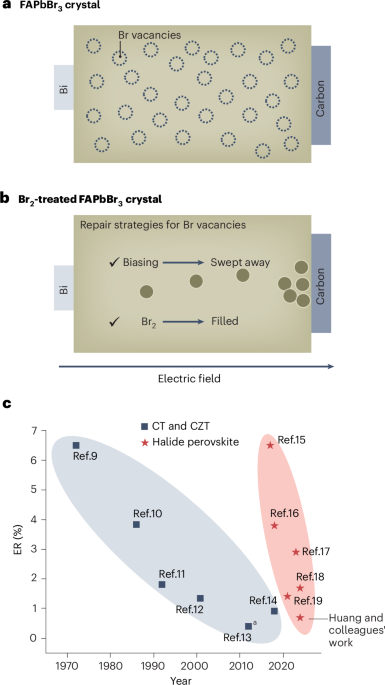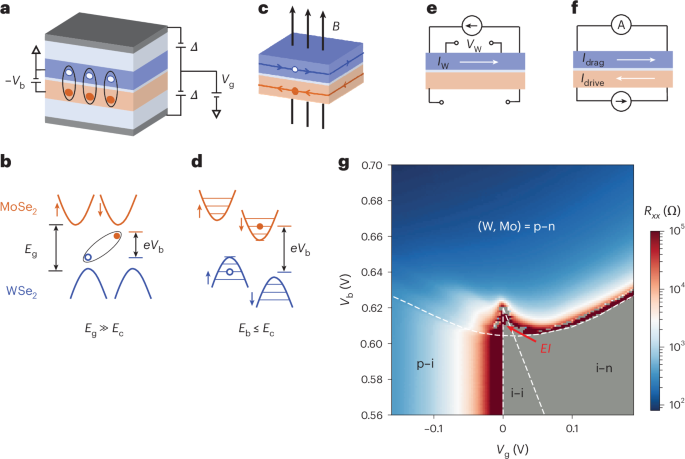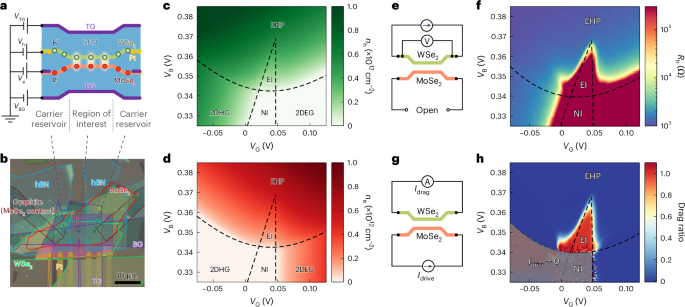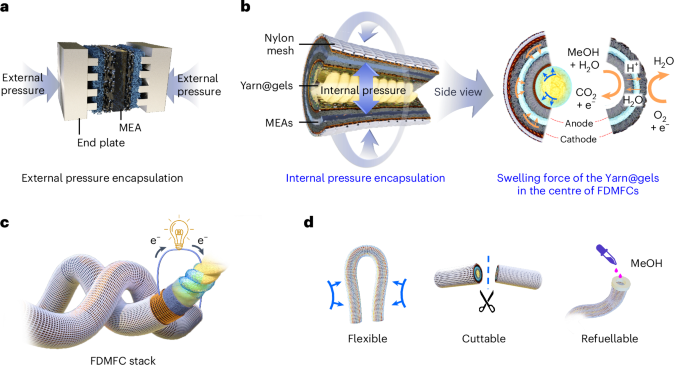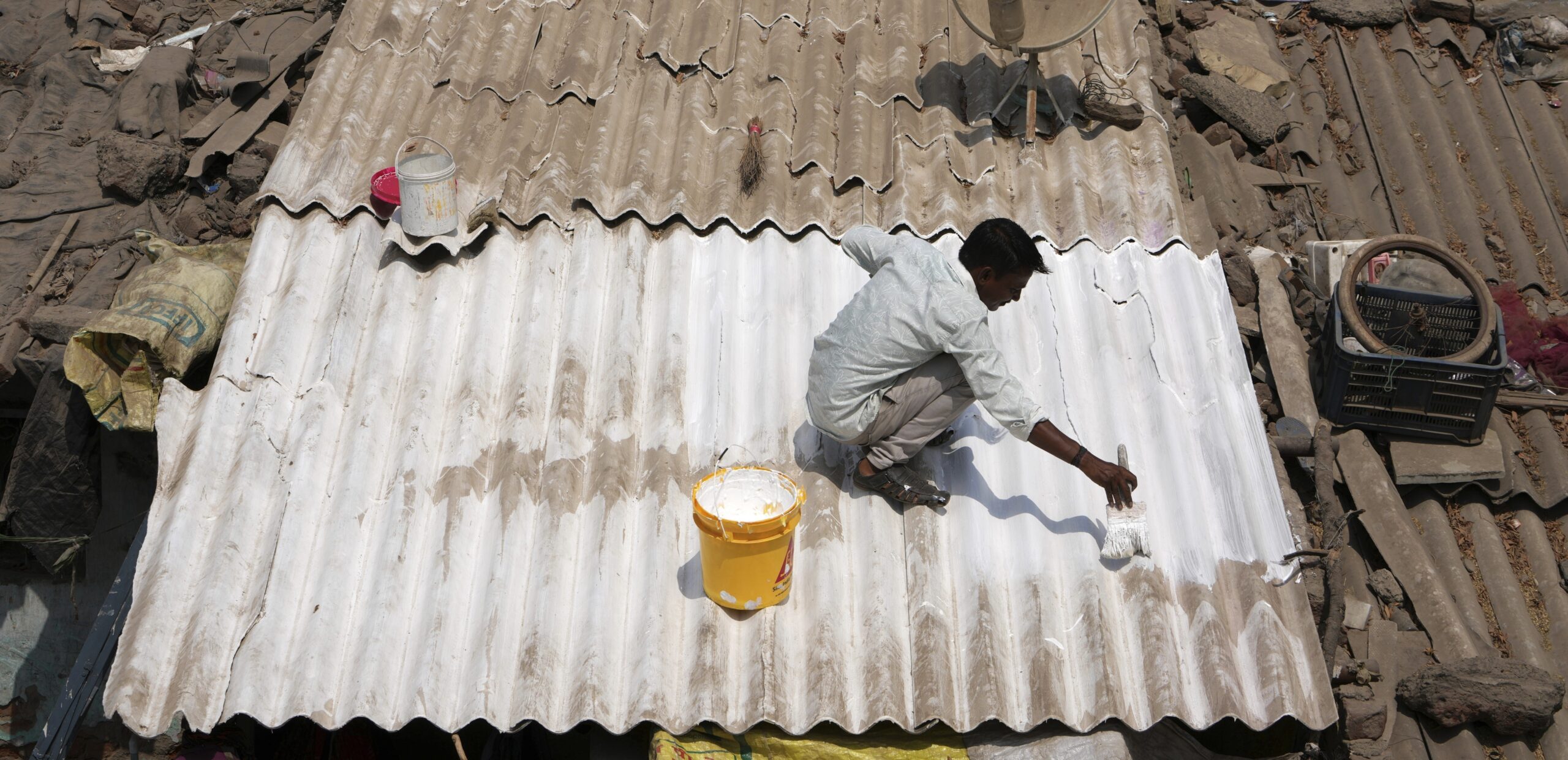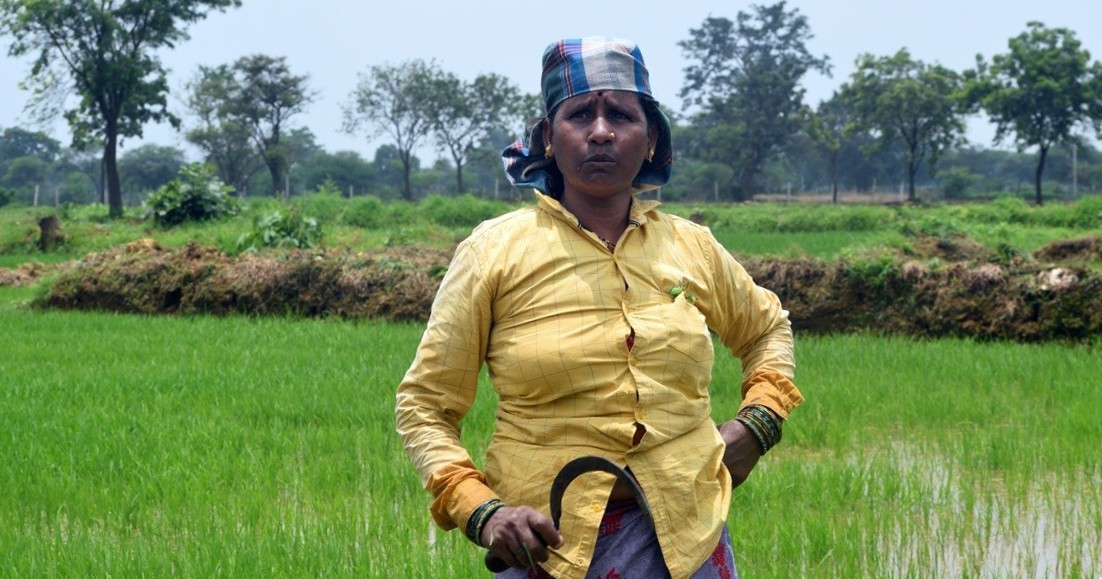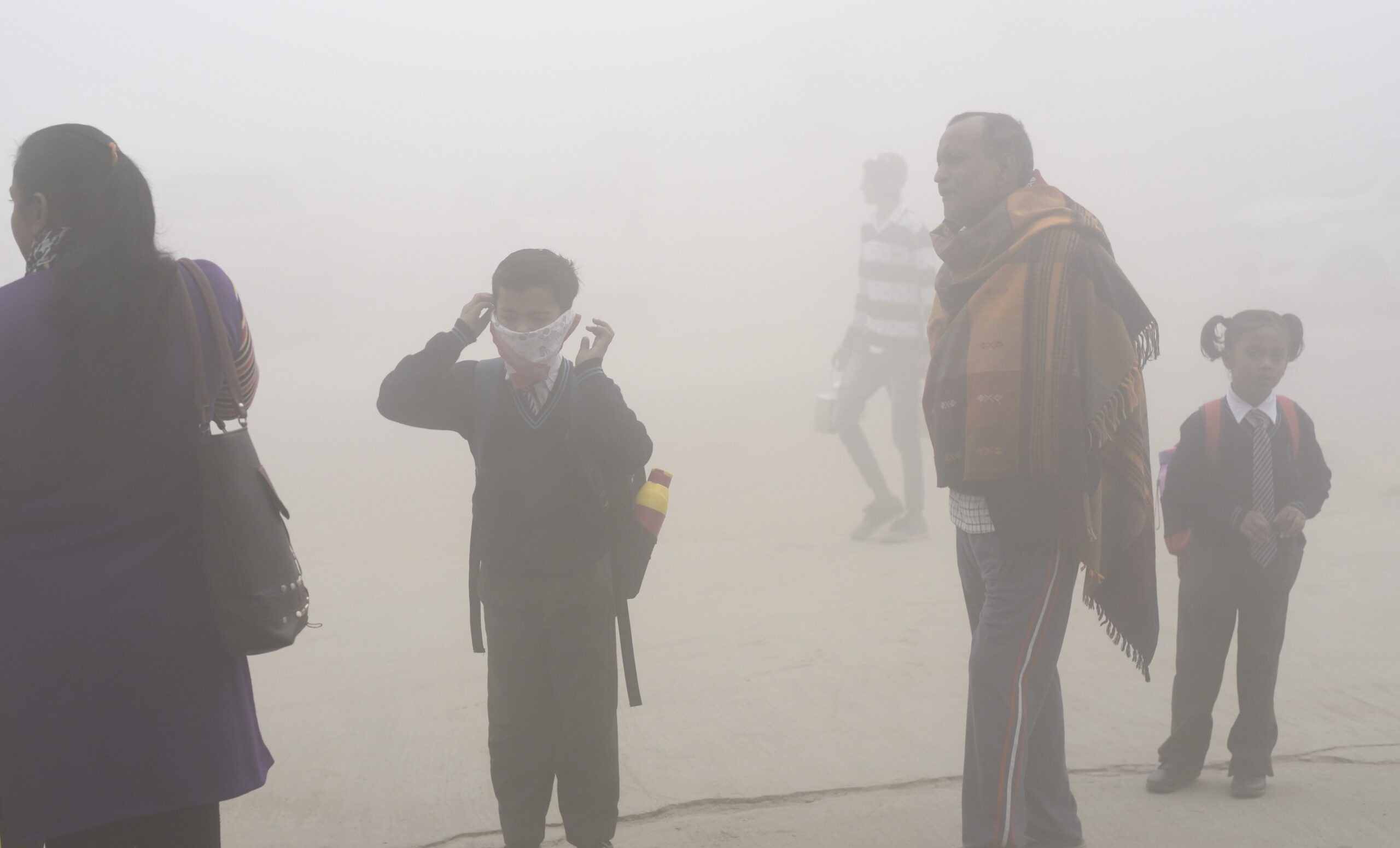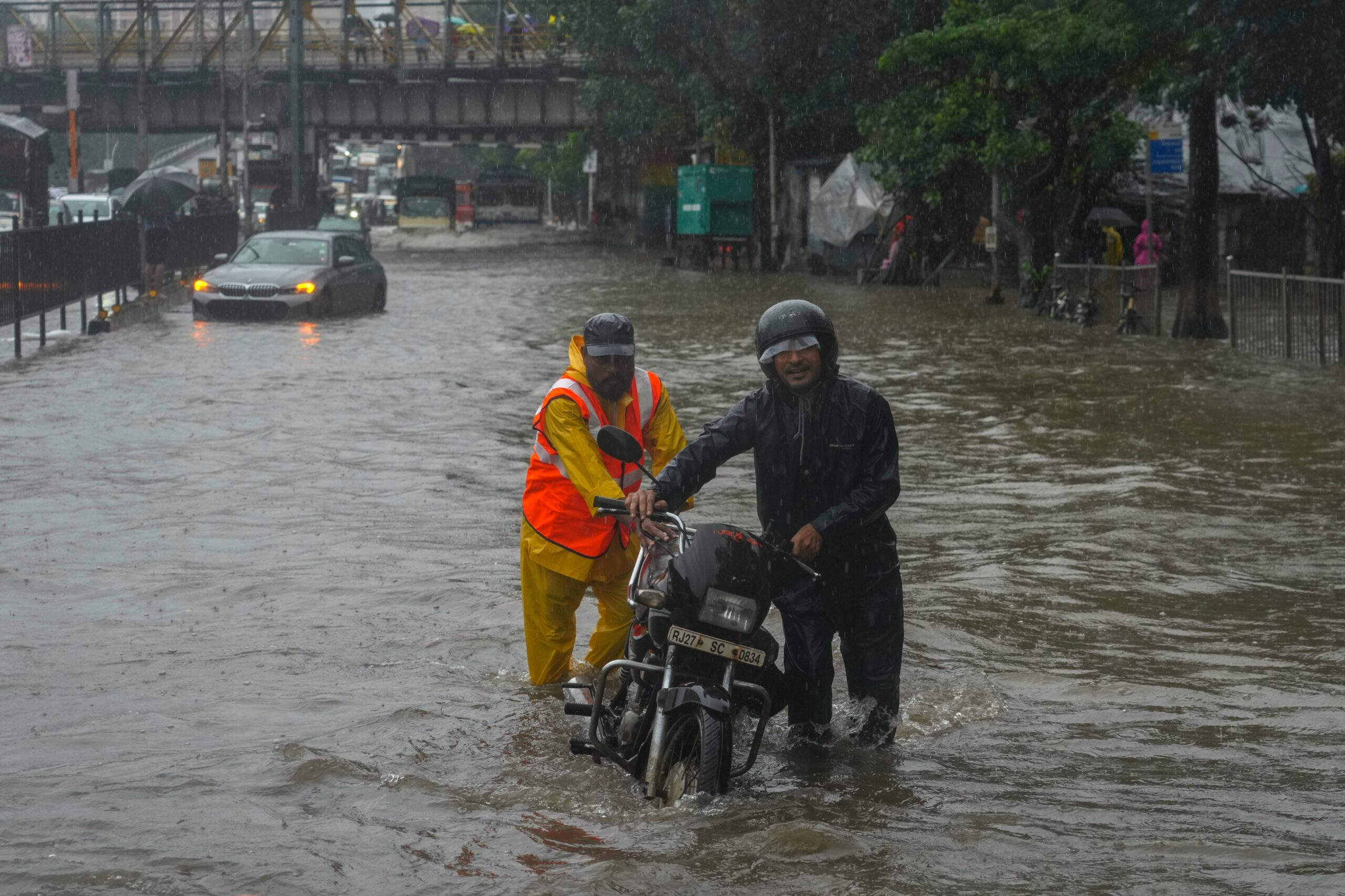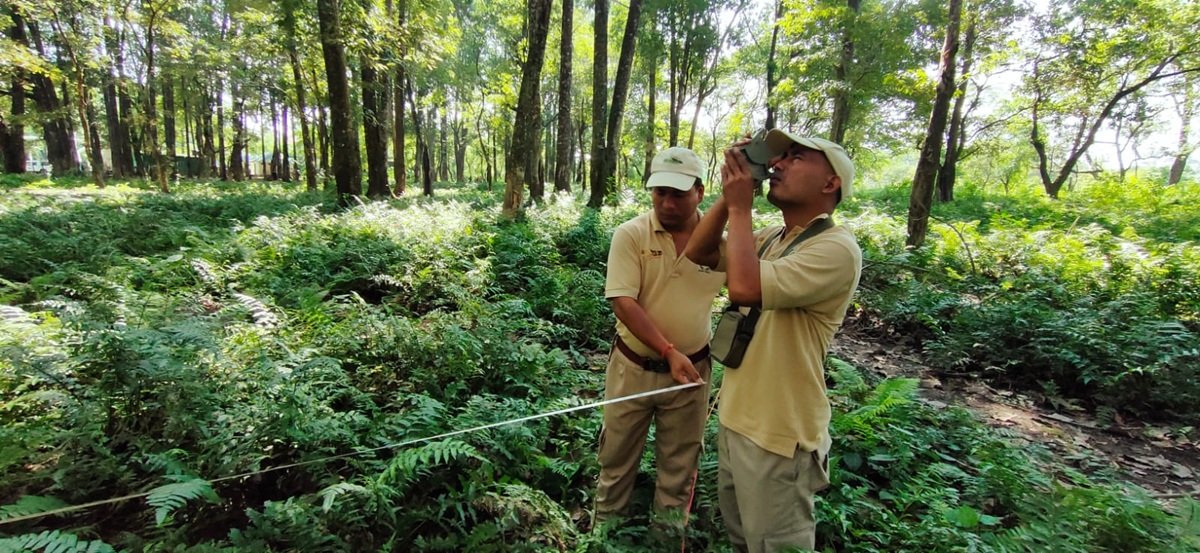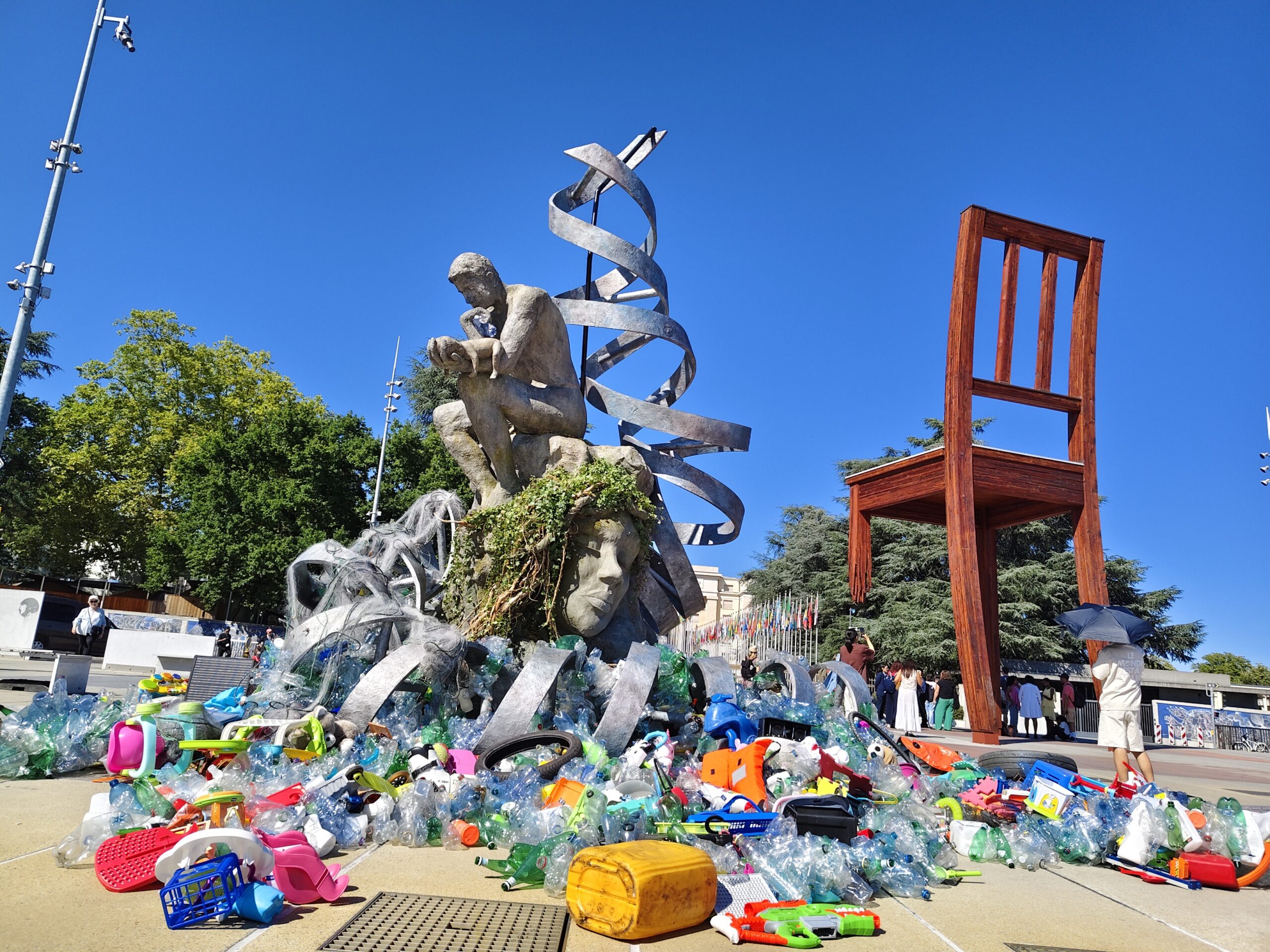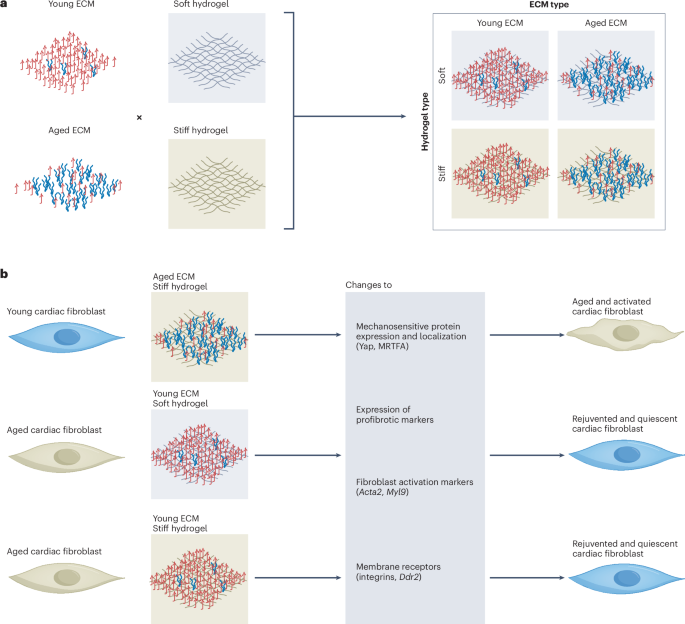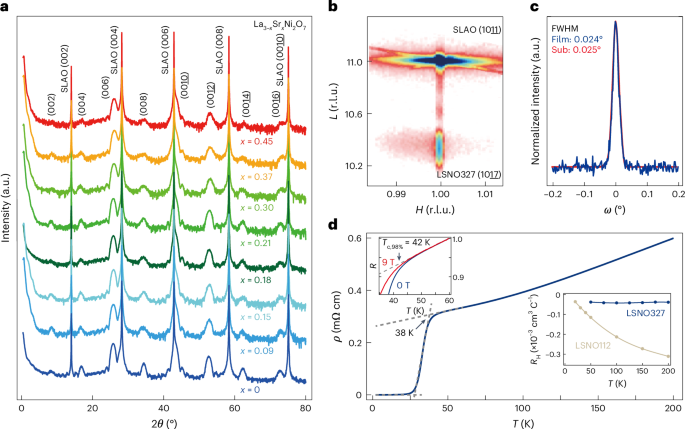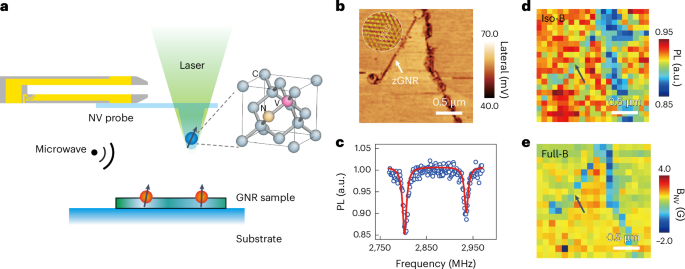
- Since 2020, the environment ministry has allowed projects like highways to extract ordinary earth without needing environmental clearance.
- In March 2025, it introduced a new regulatory framework to govern the extraction and use of ordinary earth for linear projects.
- Experts have criticised the latest framework, stating it dilutes earlier safeguards by skipping rigorous environmental checks and enabling local committees with limited oversight.
Ordinary earth is among the most essential natural resources for national development and environmental conservation, yet poorly regulated and managed.
Used widely as a raw material in infrastructure projects such as highways and railway lines, its unregulated and excessive extraction can pollute groundwater and strip fertile topsoil vital for agriculture.
Over the last five years, the governance of ordinary earth has triggered multiple legal battles between environmentalists and infrastructure authorities, first in the National Green Tribunal (NGT) and subsequently in the Supreme Court.
The first legal challenge arose after the Ministry of Environment, Forests, and Climate Change (MoEFCC) allowed extracting, sourcing, or borrowing ordinary earth for linear projects, such as highways and railways, without environmental clearance, as was earlier required. This exemption was granted through a notification in March 2020. The move was challenged in the NGT by Kerala resident Noble M. Paikada, who raised concerns about the environmental impact of this relaxation of rules. The NGT ruled in his favour. The environment ministry appealed in the Supreme Court, which in March 2024 criticised the blanket exemption and refused to reinstate the 2020 notification. A year later, the ministry had to issue a fresh notification.
Soon after the judgment, in May that year, the state-run National Highways Authority of India (NHAI) filed an application highlighting that the judgement would potentially disrupt projects. NHAI informed the Supreme Court that 485 projects covering 16,546 km of highways and worth over ₹6.19 trillion (₹6.19 lakh crore) could be stalled due to the court’s stay on the March 2020 notification.
The court issued an interim relief to NHAI but did not reverse its earlier ruling.
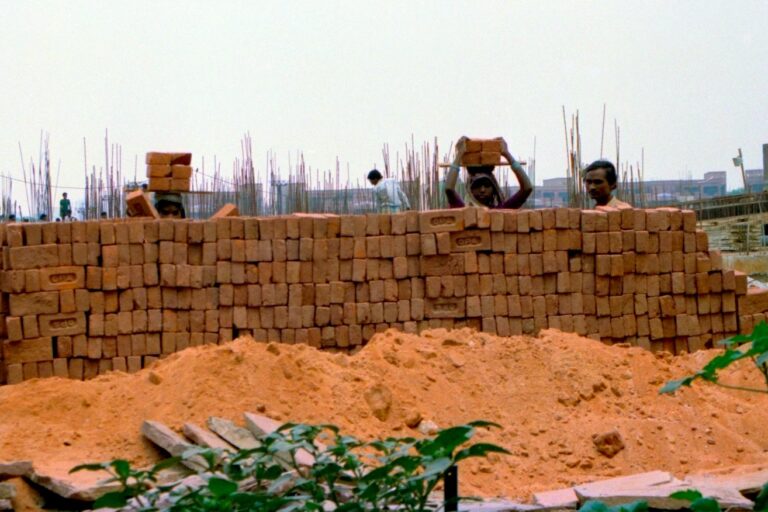
Another attempt to regulate ordinary earth use
At the heart of this regulatory tussle is a broader debate. While environmentalists and the courts call for stricter controls, infrastructure agencies seek fewer restrictions to source ordinary earth for linear projects.
On March 17, 2025, the MoEFCC notified a new regulatory framework to govern the extraction and use of ordinary earth for linear projects. For the first time, it defined “linear projects” to include slurry pipelines, oil and gas pipelines, highways, and railway lines that require the extraction of more than 20,000 cubic metres of ordinary earth.
The new framework also introduced a Standard Operating Procedure (SOP) to determine the amount of ordinary earth that can be extracted per project. It includes the formation of district-level committees to oversee and regulate sourcing at the local level.
The March 2025 notification is the ministry’s third attempt in five years to regulate the extraction and use of ordinary earth. It was issued following strong observations made by the Supreme Court in its March 2024 judgment, which struck down two earlier notifications, one from March 2020 and another from August 2023.
The August 2023 notification was issued while the Supreme Court was yet to deliver a judgment in response to the appeal filed against the NGT verdict. Through it, the ministry sought to align with the tribunal’s 2020 directive, which called for a balance between development and conservation. In its October 2020 order, the tribunal had stated, “It is possible to take a view that the EC can be exempted for these situations on account of assessment already made or for the extraction of earth for a linear project, but such blanket exemption must be balanced by the sustainable development concept.” It added, “The exemption should strike a balance and instead of being a blanket exemption, it needs to be hedged by appropriate safeguards such as the process of excavation and quantum.” It also directed the environment ministry to revisit the March 2020 notification in light of these observations.
However, the Supreme Court found the 2023 notification inadequate. In its March 21, 2024 judgment, it observed, “Even the amended impugned notification does not elaborate on the concept of linear projects.” “The authority to issue the SOP and environmental safeguards has not been specified. No provision has been made to enforce the SOP and environmental safeguards. No restriction is imposed on the quantum of ordinary earth, which can be extracted for linear projects.”
The SC also made it clear in the judgment that it was striking down measures relating to ordinary earth outlined in the 2020 and 2023 notifications. This prompted the government to issue a new notification in March 2025, containing a more detailed framework for the sustainable use of ordinary earth.
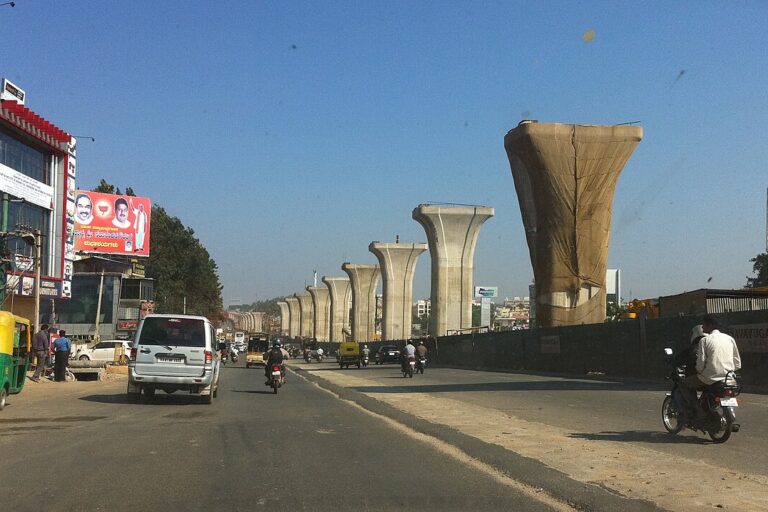
Experts raise red flags over new notification
Three months after its release, the March 2025 notification to regulate the use of ordinary earth is already drawing criticism from environmental experts and legal practitioners. Prakriti Srivastava, a retired Indian Forest Service officer, said the Supreme Court’s March 2024 judgment did not authorise the executive to frame new SOPs or exemption clauses. In an email interview, she stated that by framing a new SOP without prior sanction from the Court, the executive has attempted to circumvent the Supreme Court’s order with yet another unacceptable iteration. “This needs to be challenged in the Supreme Court,” she added.
She criticised the new SOP for bypassing the full process of environmental clearance through the Expert Appraisal Committee (EAC), which typically includes site appraisal, environmental impact assessments, and public hearings. According to her, the newly introduced district-level committees lack the expertise and rigour of the EAC. “This is a dilution of the framework that existed before 2020,” she said.
Srivastava also spoke about the need to make data about the extent of consumption of ordinary earth by individual projects, public. “While submitting project proposals for environmental clearances, infrastructure agencies should declare the quantum of ordinary earth that they plan to use for their projects. This data must be made public as well,” she said.
Debadityo Sinha, who leads the climate and ecosystems team at the Vidhi Centre for Legal Policy, acknowledged that the March 2025 notification addresses some of the concerns raised by the Supreme Court, particularly regarding the definition of linear projects and the inclusion of certain safeguards in the SOP. However, he flagged serious gaps. While the SOP restricts earth extraction from legally notified forests and protected areas, it excludes ecologically significant spaces, such as deemed or recorded forests, which are protected under ongoing Supreme Court orders in the Godavarman case. Sinha also talked about the SOP, which permits the extraction of ordinary earth from “barren land or land without tree cover, which risks undermining open natural ecosystems – landscapes that are ecologically significant in their own right and often serve as habitats for endangered wildlife species.”
“The failure to explicitly recognise and protect such ecosystems reflects a persistent gap in our biodiversity conservation framework,” he said. He further noted that without credible mechanisms for oversight, transparency, and grievance redressal, the safeguards listed in the notification may remain “ornamental rather than transformative.”
According to him, large-scale linear infrastructure projects must undergo a comprehensive environmental clearance process. “Exempting large-scale earth excavation for such projects from these critical processes contravenes the precautionary principle, instead promoting a compliance-based regulatory model that significantly dilutes environmental safeguards,” he said.
Other independent ecologists interviewed shared similar concerns. According to a legal source who requested anonymity, at least one civil society group is preparing to legally challenge the March 2025 notification in the Supreme Court.
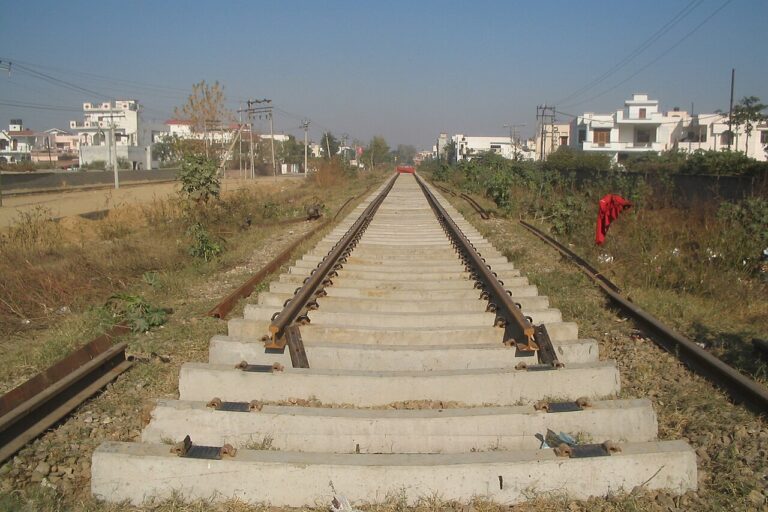
The 2020 decision that led to this point
The March 2020 notification was the first national legal instrument since 2006 to grant an explicit regulatory relaxation to those seeking to procure ordinary earth for implementing linear infrastructure projects.
Previously, while the EIA notification required project proponents to obtain environmental clearance for sourcing ordinary earth, implementation varied across states. Different state governments and agencies followed their own practices.
The push for this exemption came directly from the Ministry of Road Transport and Highways. In a letter dated January 30, 2020, Union Minister Nitin Gadkari urged then Environment Minister Prakash Javadekar to “issue directions to all the states not to insist for environment clearances for sourcing of ordinary earth for highway development works…” He argued that the National Highways Authority of India (NHAI) is facing difficulties “in sourcing ordinary earth for highway development projects in some of the states as the states are insisting for environment clearance for the sourcing of ordinary earth.”
In his letter, Gadkari cited an earlier clarification issued by the environment ministry in 2016 to a member of the highways authority, which stated that the construction of village roads and other government-sponsored schemes was already exempt from EIA requirements so a specific exemption from the responsibility to seek an Environment Clearance for procurement of ordinary earth need not be inserted in the EIA notification.
Gadkari further pointed out that some states, including Madhya Pradesh, Kerala, and Telangana, had already exempted the need for environmental clearances in such cases, “but some states are still insisting for a specific clarification of MoEFCC on the National Highway Projects.” “This decision of MoEFCC alone will fast-track many projects pending for want of this exemption,” he wrote.
On July 15, 2020, Javadekar wrote back to Gadkari, confirming the change. “Vide Notification S.O. 1224(E) dated 28th March 2020, extraction or sourcing or borrowing of ordinary earth for the linear projects such as roads, pipelines, etc., has been exempted from the requirement of prior EC,” he wrote in a single-page response.
This one decision, intended to expedite stalled highway projects, set in motion a sequence of events, the ramifications of which remain apparent till the present day.
Read more: Excavating farmlands for highways
Banner image: A highway under construction in Vijayawada. Image by iMahesh via Wikimedia Commons (CC BY-SA 4.0).










